how close is too close? (pic)
chris_ont
16 years ago
Related Stories

KITCHEN DESIGNHave Your Open Kitchen and Close It Off Too
Get the best of both worlds with a kitchen that can hide or be in plain sight, thanks to doors, curtains and savvy design
Full Story
DECORATING GUIDESUp Close: DIY Salvaged-Wood Wall
See how designer Garrison Hullinger made this unique wood wall covering
Full Story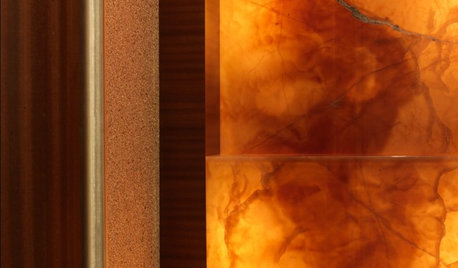
DECORATING GUIDESI'm Ready for My Close-Up: Beautiful Building Materials
Look closely, and soak up the beauty in some favorite details of fine home design
Full Story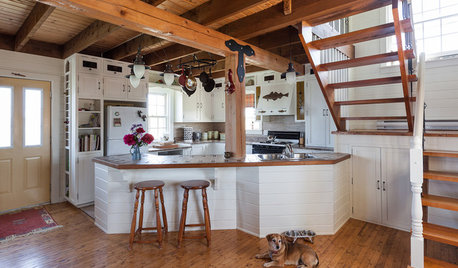
KITCHEN DESIGNOpen vs. Closed Kitchens — Which Style Works Best for You?
Get the kitchen layout that's right for you with this advice from 3 experts
Full Story
BATHROOM DESIGNLittle Luxuries: Get Ready for Your Close-up With Lighted Mirrors
Get a better view applying makeup, shaving or dressing, with mirrors that put light right where you need it
Full Story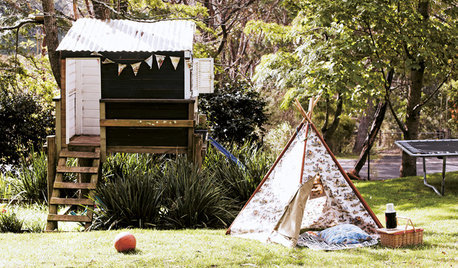
LIFEFun Family Activities as Close as Your Backyard
Shake up your daily routine with these creative ideas for spending time together
Full Story
MY HOUZZMy Houzz: Family Is Close at Hand in a 19th-Century Brisbane Cottage
An Australia couple’s updated home in the city’s leafy hills pays homage to residents past and present
Full Story
FURNITUREMust-Know Furniture: Get Close With a Tête-à-Tête
This classic French seat solves furniture configuration dilemmas — and is perfect for conversation
Full Story
KITCHEN DESIGNKitchen of the Week: Going Elegant and Bright in a 1900s Home
Dark and closed off no more, this Atlanta kitchen now has a classic look, increased natural light and a more open plan
Full Story
THE ART OF ARCHITECTUREWhat Is Organic Architecture, Anyway?
Practitioners of organic architecture seek to connect houses more closely with their natural surroundings. Here's how they do it
Full StoryMore Discussions






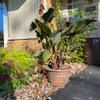
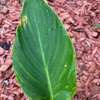
bearstate
chris_ontOriginal Author
Related Professionals
Ilchester Landscape Architects & Landscape Designers · Mitchellville Landscape Architects & Landscape Designers · Brooklyn Park Landscape Contractors · Conroe Landscape Contractors · Emmaus Landscape Contractors · Goodlettsville Landscape Contractors · Vancouver Landscape Contractors · De Pere General Contractors · Genesee General Contractors · Hamilton Square General Contractors · Norristown General Contractors · Sauk Village General Contractors · Wallington General Contractors · Four Corners Siding & Exteriors · Tooele Siding & Exteriorswhip1 Zone 5 NE Ohio
bearstate
bearstate
southlatropical
ornata
bearstate
bearstate
bearstate
ornata
bearstate
bearstate